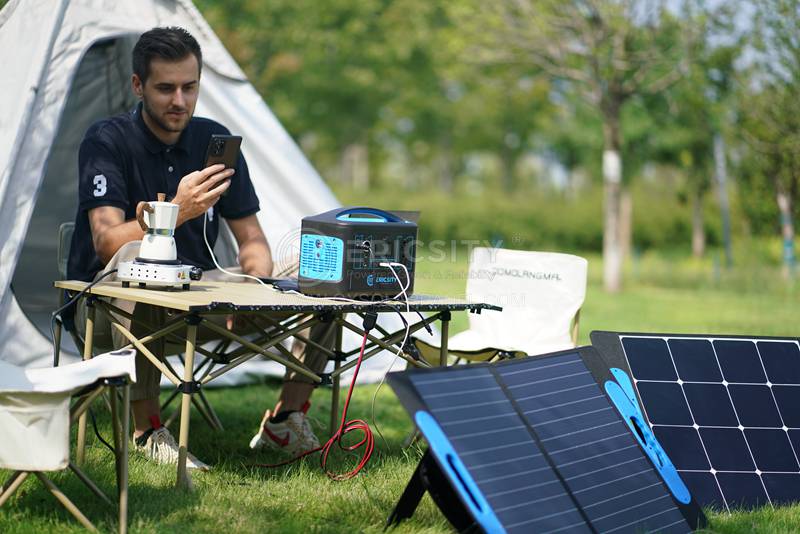HOT PRODUCT
Product Details
choosing The Best Semi-flexible Solar Panel For Your Needs
Choosing The Best Semi-Flexible Solar Panel For Your Needs
As the demand for renewable energy continues to grow, solar panels have become an increasingly popular choice for homeowners and businesses alike. With the advancement of technology, semi-flexible solar panels have emerged as a flexible and durable option that can be easily installed on various surfaces. However, with the wide range of options available in the market, choosing the best semi-flexible solar panel for your needs can be a daunting task. In this article, we will guide you through the key factors to consider when making your decision.

1. Efficiency:
Efficiency is a crucial aspect to consider when selecting a semi-flexible solar panel. A higher efficiency rating means that the panel will be able to convert more sunlight into electricity. Look for panels that have a high power output per square foot. Generally, the efficiency of a solar panel can vary from 10% to 20%. While higher efficiency may come with a higher price tag, it can result in greater long-term energy savings.
2. Durability:
Since semi-flexible solar panels are designed to be mounted on curved or irregular surfaces, their durability is essential. Look for panels that are made from high-quality materials such as monocrystalline or polycrystalline cells encapsulated in a durable and weather-resistant material like ETFE (ethylene tetrafluoroethylene) or PET (polyethylene terephthalate). These materials provide protection against UV radiation, water, and harsh environmental conditions, ensuring that the panel will last for years.
3. Flexibility and Weight:
One of the main advantages of semi-flexible solar panels is their flexibility and lightweight design. Consider how easily the panel can be bent or curved to fit the surface where it will be installed. Panels with a high degree of flexibility can be installed on curved surfaces without compromising their performance. Additionally, a lightweight panel is easier to handle during installation and reduces the overall load on the structure.

4. Power Output:
Understanding the power output of a semi-flexible solar panel is crucial for assessing its suitability for your energy needs. Take into account the wattage or power rating of the panel, which indicates the amount of electricity it can generate per unit of time. Assess the energy demands of your appliances or devices and choose a panel that can accommodate those needs. It’s essential to strike a balance between power output and physical dimensions, as higher wattage panels may be bulkier and less flexible.
5. Installation:
Consider the ease of installation when selecting a semi-flexible solar panel. Look for panels that come with a mounting system that is user-friendly and allows for quick and hassle-free installation. Some panels come with adhesive backing, which simplifies the installation process by eliminating the need for drilling holes. However, ensure that the adhesive is durable and can withstand environmental conditions.
6. Cost:
While cost should not be the sole deciding factor, it is an important consideration. Semi-flexible solar panels generally come in a range of prices, depending on the brand, efficiency, power output, and durability. Assess your budget and compare different options in terms of their features and cost-effectiveness. Remember to consider long-term savings on energy bills and potential government incentives or rebates that can offset the initial investment.
In conclusion, selecting the best semi-flexible solar panel requires careful consideration of factors such as efficiency, durability, flexibility, power output, installation, and cost. By evaluating these aspects, you will be able to make an informed decision that aligns with your energy needs and budget. Installing a reliable and efficient semi-flexible solar panel can significantly reduce your carbon footprint while providing a sustainable and renewable energy solution for your home or business.




